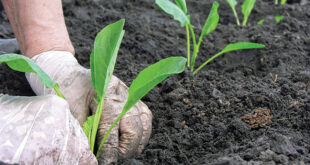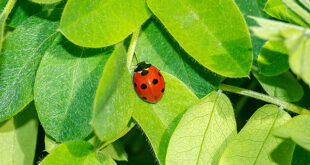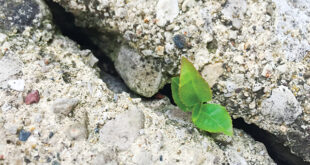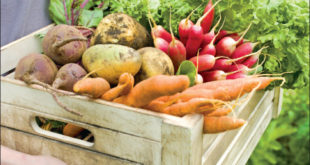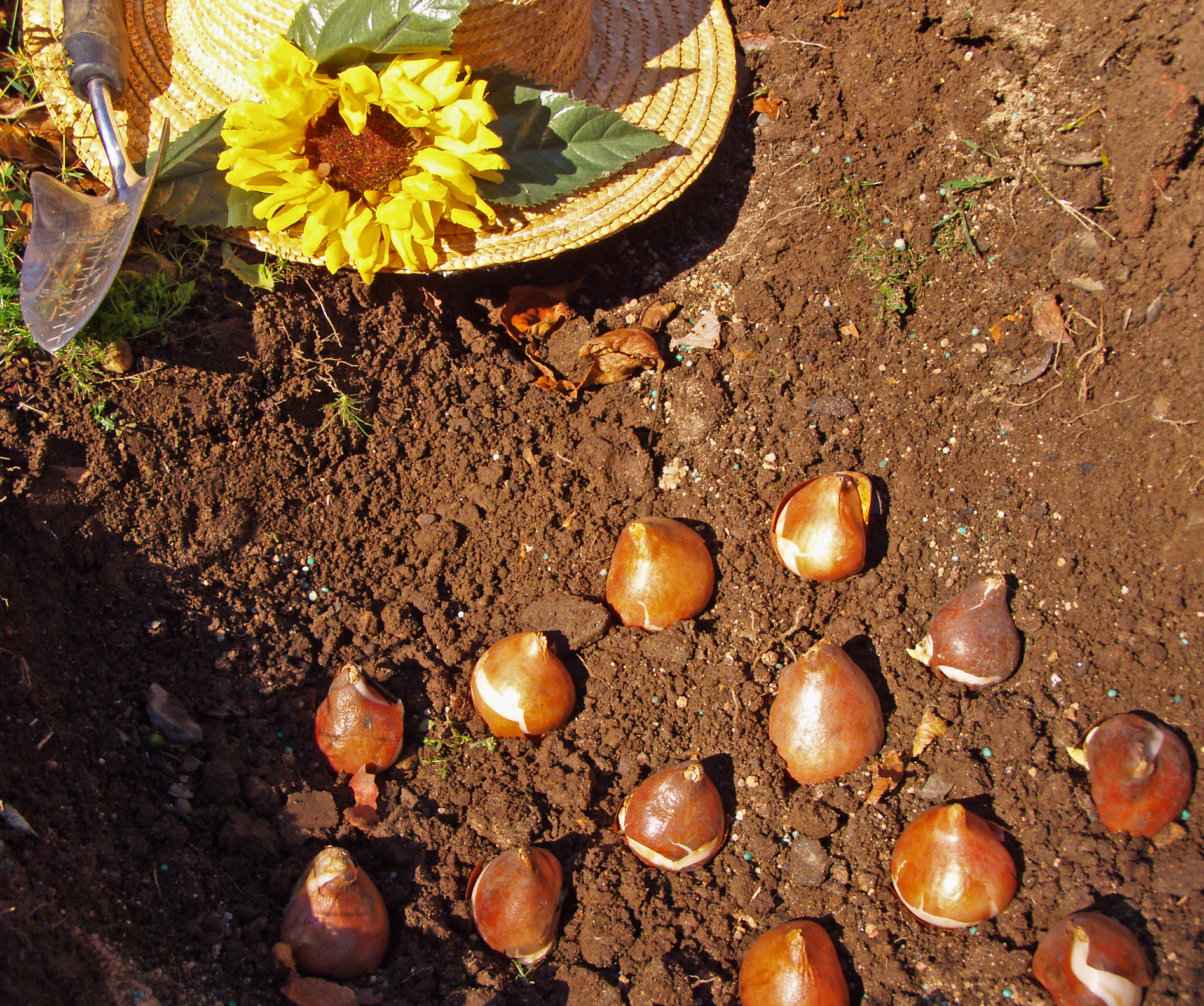By Sue Odland
As leaves begin their crimson cascade, and the air turns crisp with the promise of a changing season, the garden begins its transition as well. Consider the following tips and activities to glean the most from the autumn garden.
“Seeds” of the Future
Even though gardeners may resist the call for planting, fall is the ideal time to plant flowering bulbs for a dazzling splash of springtime color. The first pop of spring crocuses, daffodils, irises, hyacinths, lilies, or tulips will brighten any winter weary spirit. To plant, purchase bulbs at a local garden store, then follow package directions for planting depth and spacing. Bulbs must be planted before the ground freezes. In Chicagoland, the average date is October 15th.
For gardeners with hungry squirrels, splash hot sauce on bulbs before planting. The strong scent and flavor will deter determined visitors from eating tasty spring bulbs. If planting more than a few bulbs, you will need a large bottle of hot sauce. Place bulbs in a large bowl, cover with hot sauce, then plant. Always wear gloves and never touch your eyes, face or skin when using this hot sauce method.
Plant naturalizing daffodils to deter deer from nibbling on springtime blooms. Daffodils contain a bitter substance called lycorine that deer will not eat. These colorful, care-free bulbs grow in both sun and shade, and their numbers will multiply on their own throughout the years.
IMPORTANT NOTE: lycorine is EXTREMELY TOXIC to cats, dogs, and horses, and somewhat toxic to humans!
Tips for the vegetable garden:
-Plant garlic by October 10th for a strong crop next summer. To plant, break up an organic head of garlic into cloves, push the cloves into the soil 3-4 inches deep, pointed end up. Space the cloves 6-8 inches apart. Cover with 3-5 inches of organic soil, mulch, leaves, straw, or hay to provide for extra protection during the winter.
-Continue to add fresh flavors to recipes by transferring garden herbs like rosemary, parsley, chives, and oregano from the ground into pots. Place pots in an indoor location with strong natural light.
-To close down the garden:
Remove harvested vegetable plants, then place them in the compost pile. Cover finished garden plot with 4-6 inches of mulch consisting of any matter that decays or rots including; cardboard, hay or straw, leaves, grass clippings, pine needles, or newspaper. Water the mulch to hold it in place. In the spring, add another 4-6 inches of homemade mulch, then plant vegetables directly through the mulch into the ground. This deep mulch method will suppress future weeds and provide an easy-to-dig surface.
Flavors of Now
Explore the following simple ways to capture the freshness of the garden:
-Harvest last kale, Swiss chard, broccoli, cauliflower or other cool season vegetables to create a delicious, quick main dish. Saute sliced apples, kale, herbs, and other fresh garden produce in olive oil for 2-3 minutes. Serve with cooked quinoa, brown rice, or thin spaghetti.
-Save pumpkin seeds after carving to create a savory roasted pumpkin seed snack. Rinse seeds in colander, place them in a single layer on a cookie sheet, bake for 20 minutes at 300 degrees. Toss seeds in a bowl with olive oil or melted butter, and salt, and return to oven for another 20 minutes until crisp.
With leaves turning and temperatures dropping, take advantage of these final, spectacular days of autumn to enjoy more time in the garden.
Sue Odland is a freelance writer and Midwestern gardener.
 Conscious Community Magazine Dedicated to Elevating Consciousness
Conscious Community Magazine Dedicated to Elevating Consciousness

